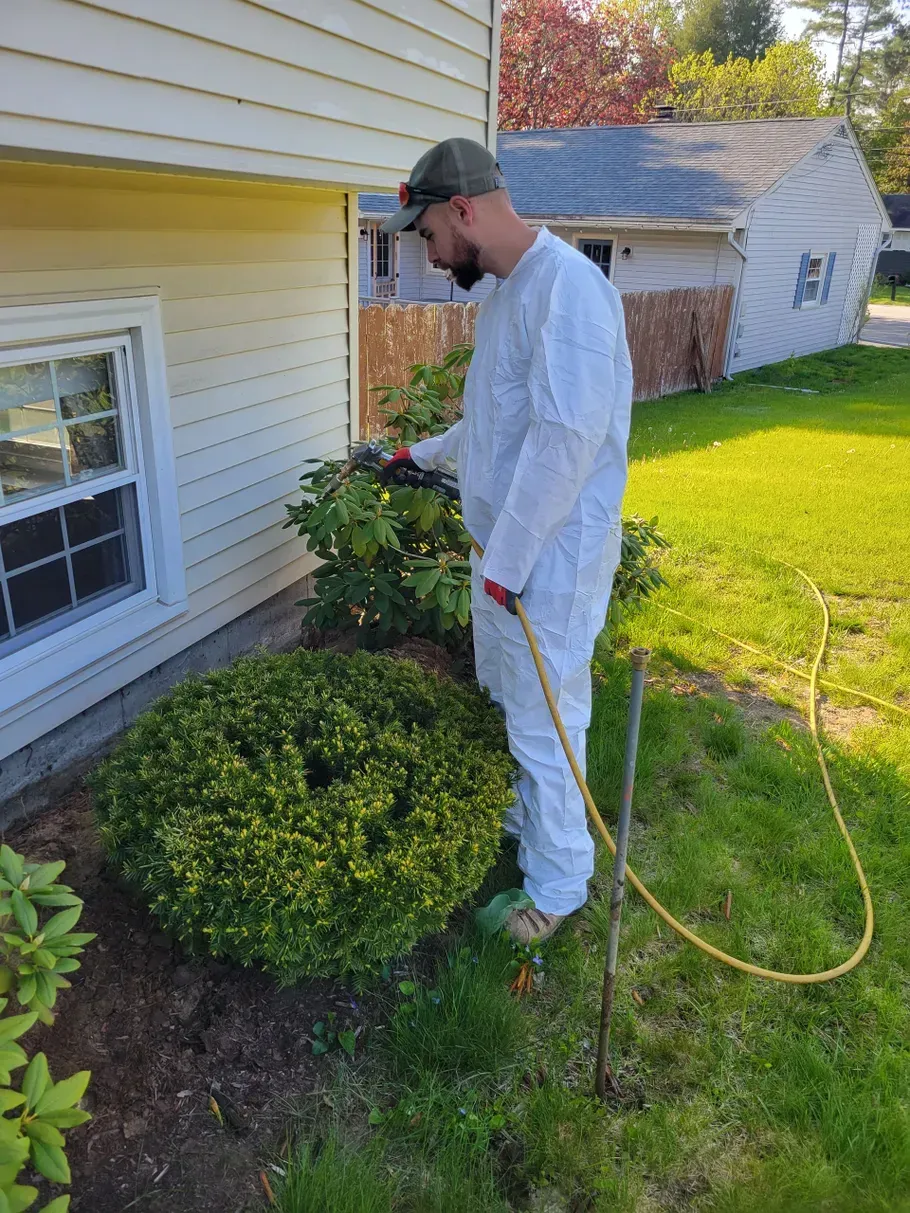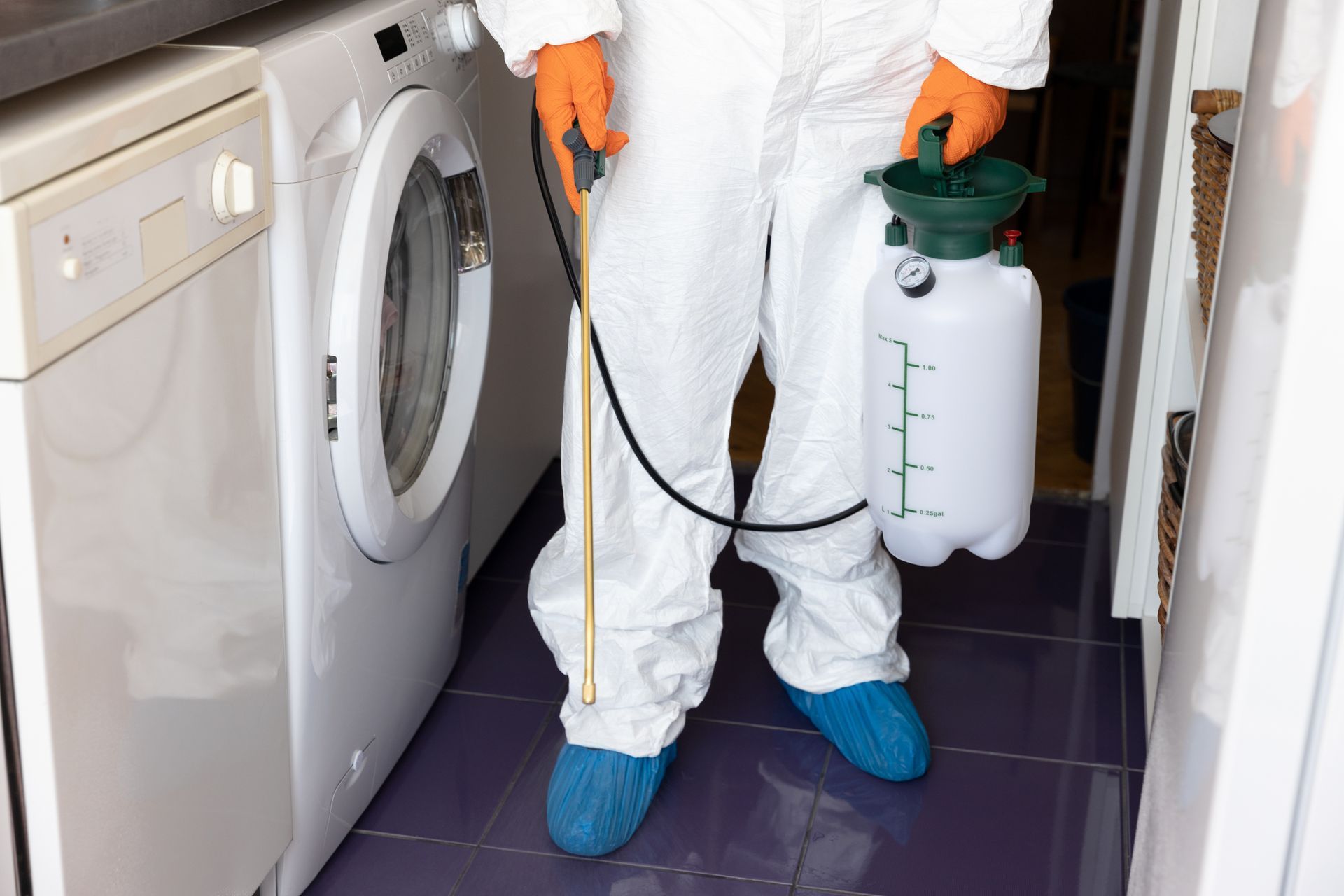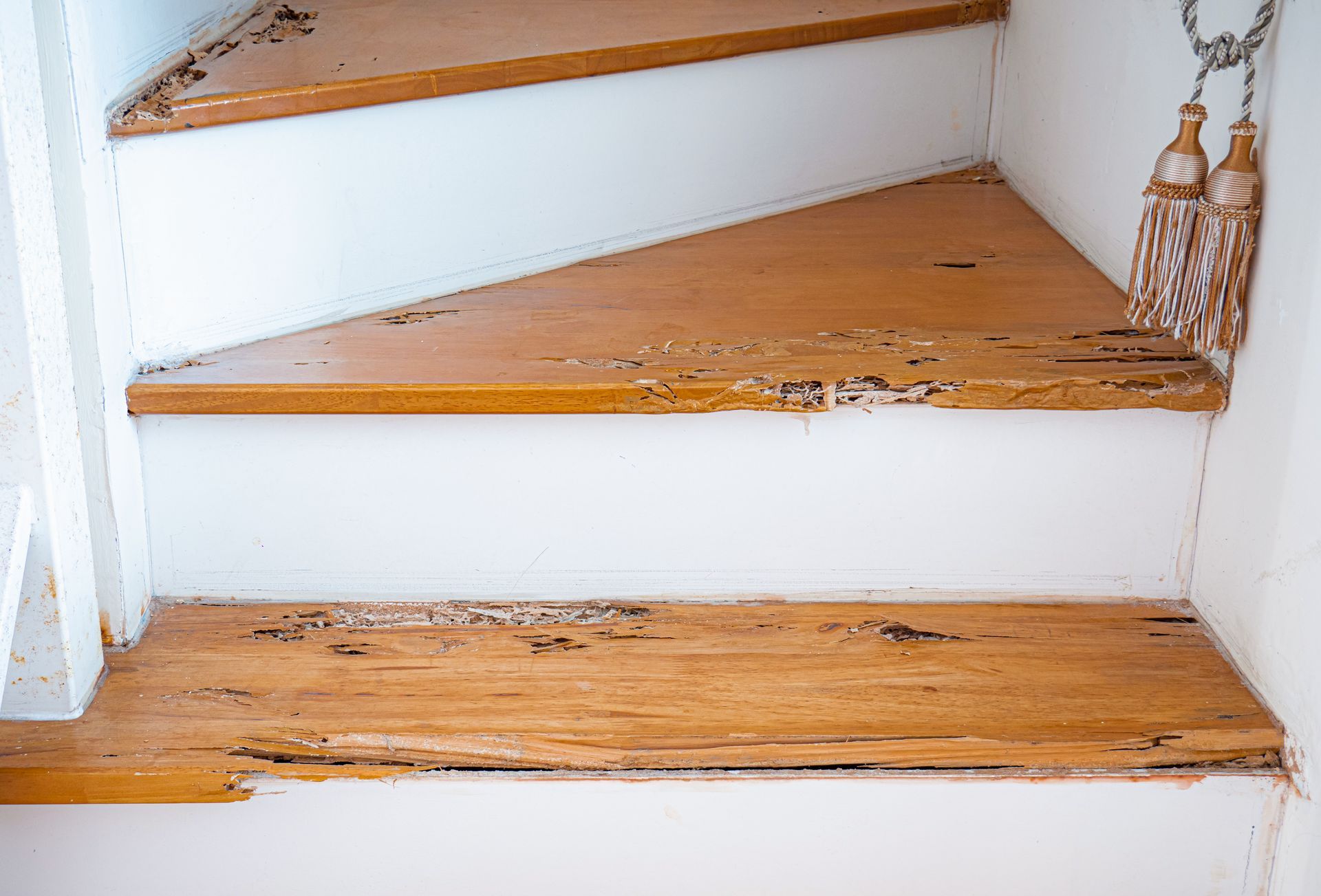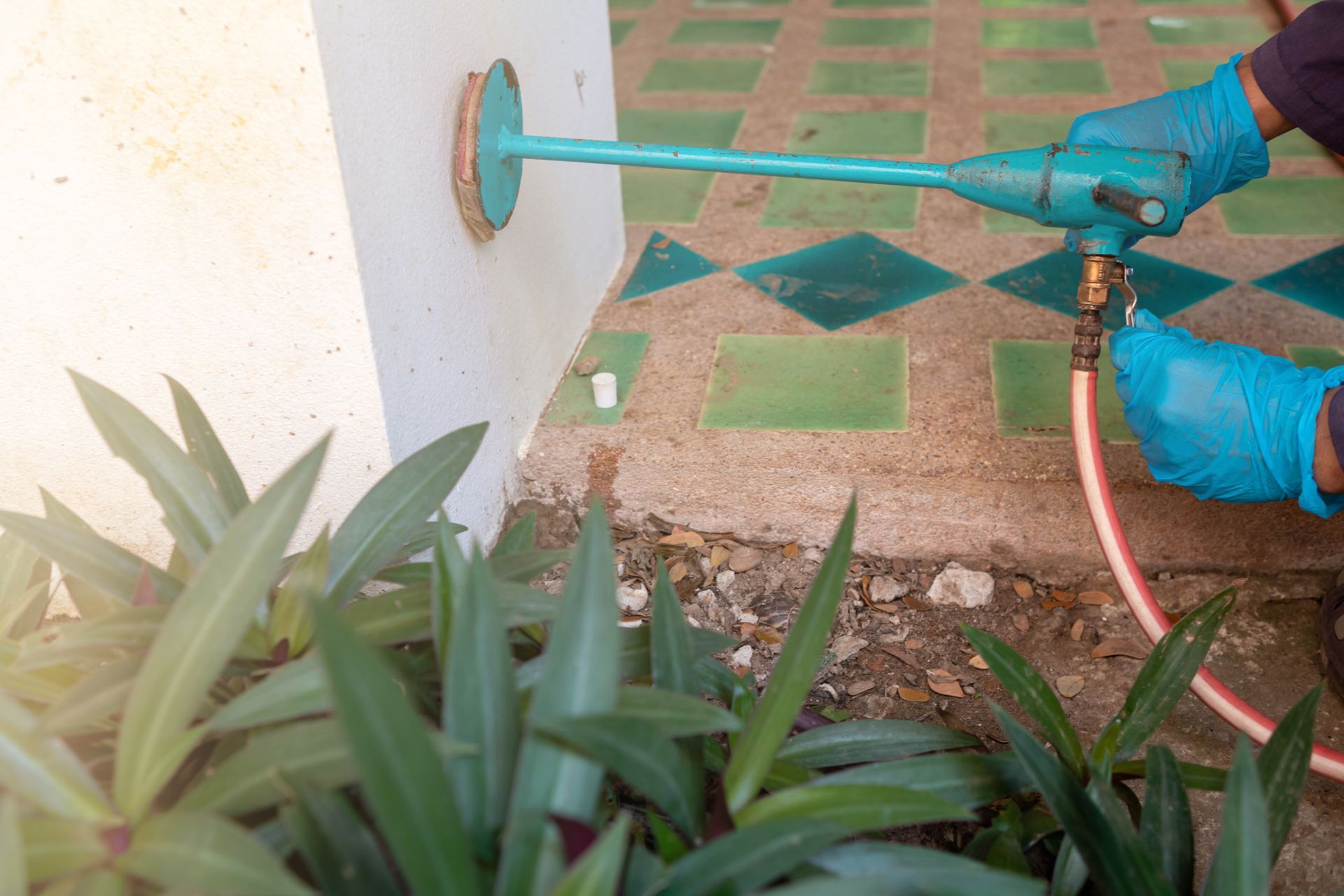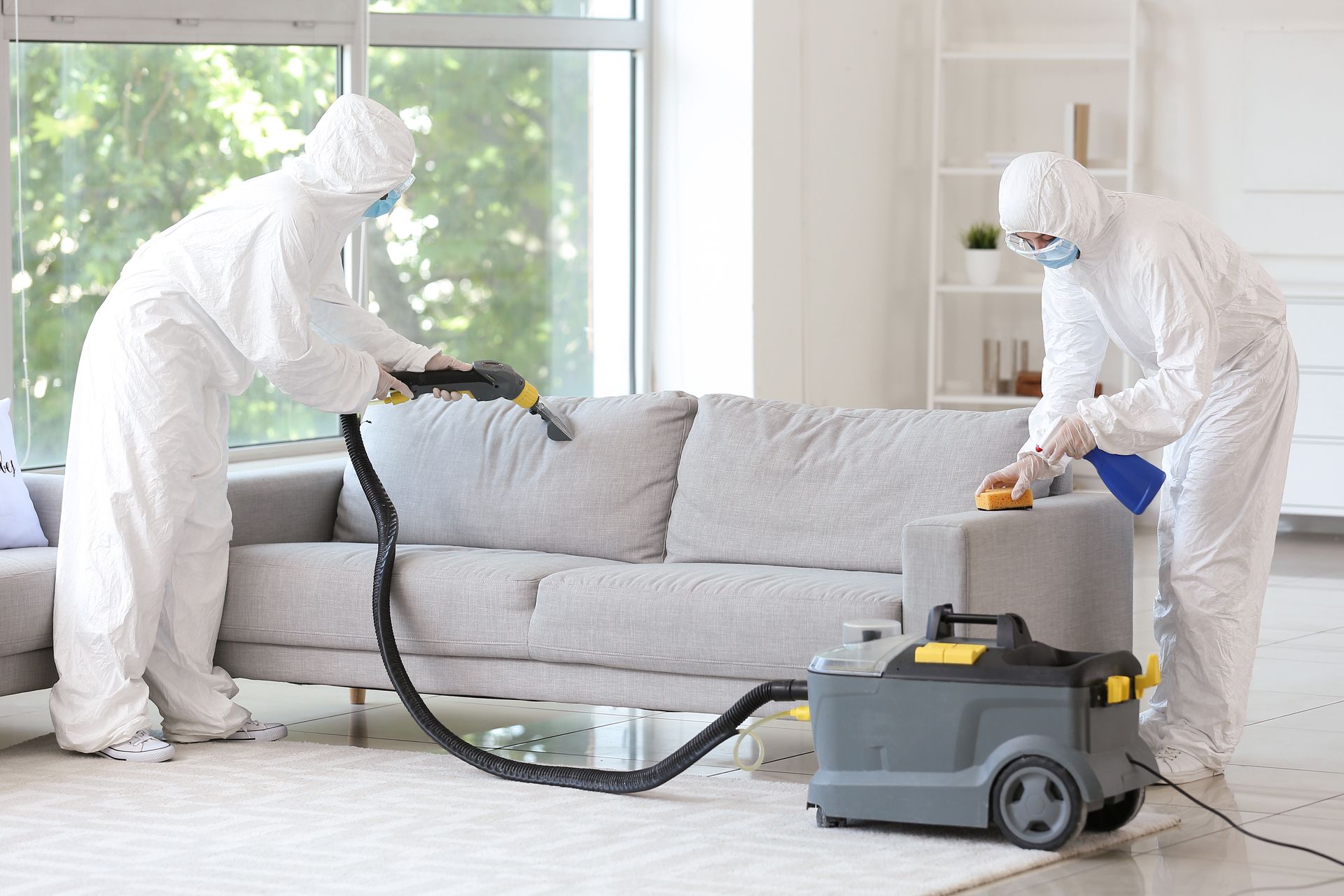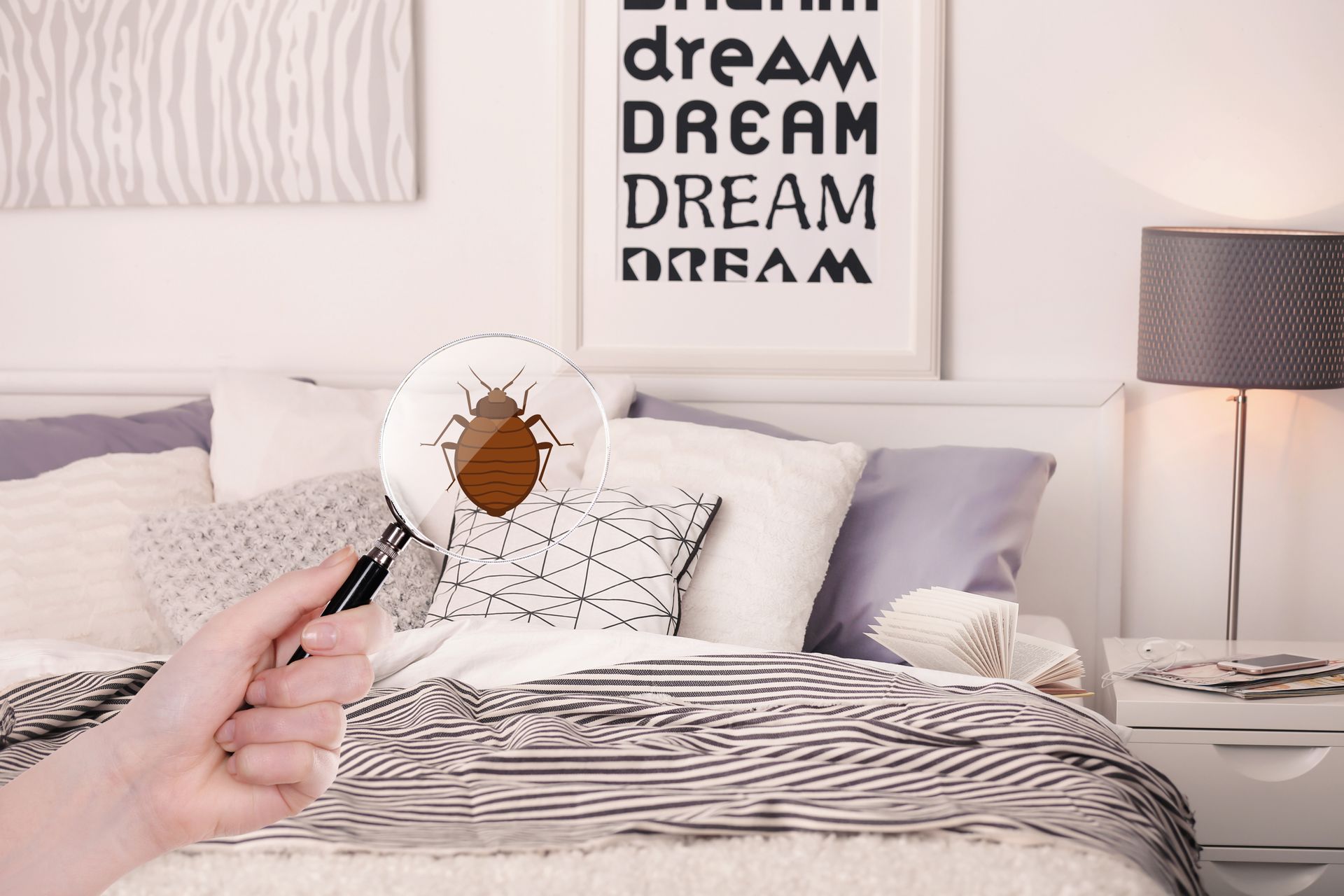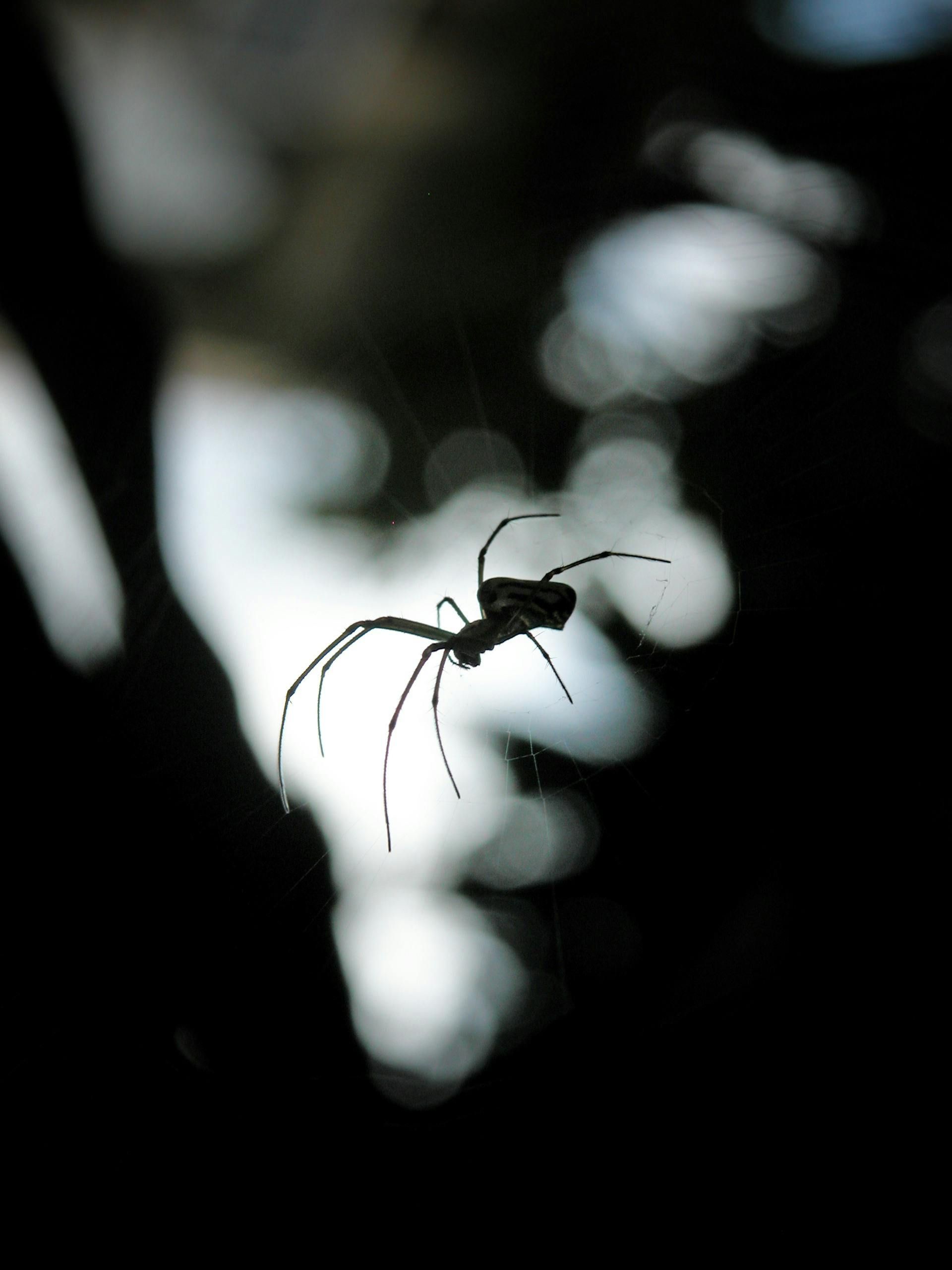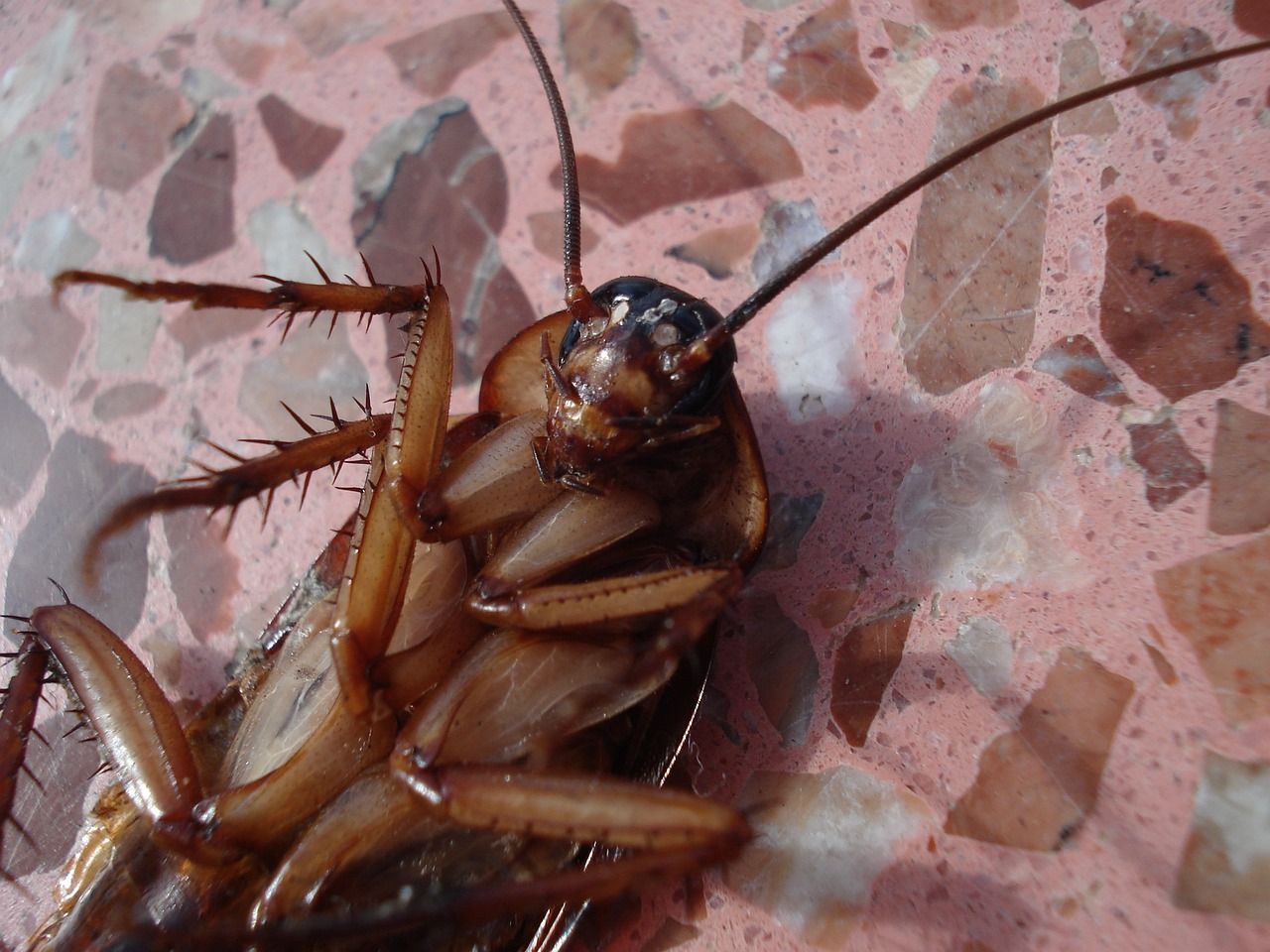Keene Pest Control
The Importance of Early Detection in Bed Bug Control
Bed bugs are notorious for their ability to spread rapidly and cause significant discomfort. Early detection is crucial in bed bug control, preventing widespread infestations and minimizing the need for extensive treatments. At Keene Pest Control LLC, we understand the importance of early intervention and are dedicated to helping you maintain a pest-free environment. Call us at (603) 352-7336 for professional bed bug control services.
Understanding Bed Bug Infestations
Bed bugs are small, parasitic insects that feed on the blood of humans and animals. They are typically found in places where people sleep or rest, such as beds, couches, and other furniture. Due to their tiny size and nocturnal nature, bed bugs can be difficult to detect until the infestation has become severe. These pests can hide in the smallest of crevices, including mattress seams, headboards, and even behind wallpaper. They are adept at hitchhiking and can easily be transported into homes through luggage, clothing, and used furniture. Understanding the behavior and hiding places of bed bugs is the first step in early detection and effective control.
Key Signs of Bed Bug Infestations:
- Bites on Skin: Small, red, itchy welts, often in a line or cluster. These bites are usually found on exposed skin areas such as the face, neck, arms, and hands. While the bites themselves are not dangerous, they can cause significant discomfort and allergic reactions in some individuals.
- Fecal Spots: Tiny black or brown spots on mattresses, bedding, or furniture. These spots are digested blood excreted by bed bugs and can be found near their hiding places. They are a clear indication of bed bug activity and should not be ignored.
- Shed Skins: Exoskeletons left behind by molting bed bugs. As bed bugs grow, they shed their skins multiple times. Finding these shed skins is a sign of an established infestation.
- Live Bed Bugs: Small, flat, reddish-brown insects hiding in crevices and seams. Spotting live bed bugs is the most definitive evidence of an infestation. They are often seen during the night when they are active and feeding.
Early detection of these signs can help you address the problem before it escalates.
The Benefits of Early Detection
Detecting bed bugs early has numerous benefits, including reducing treatment costs, minimizing health risks, and preventing the spread of the infestation. When an infestation is detected early, the required treatments are often less extensive and less costly. Smaller infestations can be managed with targeted treatments, whereas larger infestations may require more comprehensive and expensive interventions. This can save homeowners a significant amount of money and reduce the disruption to their daily lives.
In addition to cost savings, early detection also minimizes health risks associated with bed bugs. While bed bugs do not transmit diseases, their bites can cause severe itching and allergic reactions in some individuals. Scratching these bites can lead to secondary infections. By reducing the population of bed bugs early, the chances of experiencing these health issues are significantly lowered.
Preventing the spread of an infestation is another critical benefit of early detection. Bed bugs are highly mobile and can quickly spread from one room to another or even to neighboring units in multi-family dwellings. Early detection and intervention can help contain the infestation, preventing it from becoming a more significant problem that affects more people.
How to Perform Early Detection
Performing regular inspections and being vigilant for signs of bed bugs can help you catch an infestation early. Here are some steps to follow:
- Regular Inspections: Conduct routine checks of mattresses, box springs, bed frames, and furniture. Pay special attention to seams, tufts, and folds where bed bugs like to hide. Use a flashlight and a magnifying glass to inspect these areas thoroughly.
- Use Bed Bug Interceptors: Place interceptors under the legs of beds and furniture to trap and monitor bed bugs. These devices are designed to catch bed bugs as they climb up or down the legs of beds and furniture. Regularly check the interceptors for any trapped bugs.
- Install Mattress Encasements: Encase mattresses and box springs in bed bug-proof covers to prevent them from hiding and breeding. These encasements not only help in detecting bed bugs but also make it easier to spot any new infestations.
- Check Luggage and Travel Items: After traveling, inspect your luggage and clothing for signs of bed bugs. Bed bugs are notorious for hitchhiking and can easily be brought home from hotels, public transportation, or other infested locations. Take precautions by washing and drying your clothes on high heat after returning from a trip.
By following these steps, you can increase the chances of detecting bed bugs early and taking prompt action to address the infestation.
Professional Bed Bug Detection Methods
While DIY methods can be effective, professional bed bug detection services provide a higher level of accuracy and reliability. Keene Pest Control LLC offers advanced detection techniques that can identify even the smallest signs of bed bug activity. Our professional services include:
- K-9 Inspections: Specially trained dogs can detect bed bugs with a high degree of accuracy. These dogs are trained to sniff out bed bugs in various hiding places, providing a reliable and efficient method of detection.
- Visual Inspections: Experienced technicians can identify even the smallest signs of bed bug activity. Our technicians are trained to spot the subtle signs of an infestation that may be missed by untrained eyes.
- Monitoring Devices: Use of specialized devices to monitor and detect bed bug presence over time. These devices can be placed in strategic locations to continuously monitor for bed bug activity, ensuring that any new infestations are detected early.
Our professional detection methods provide peace of mind and ensure that infestations are identified and addressed promptly.
The Role of Professional Help in New Hampshire and Vermont
Early detection is the key to effective bed bug control. By staying vigilant and knowing the signs of an infestation, you can take prompt action to protect your home and health. However, professional assistance is often necessary to ensure complete eradication and prevent future infestations. Keene Pest Control LLC is here to help with expert detection and treatment services. Our team of professionals is equipped with the latest tools and techniques to detect and eliminate bed bugs from your home. Contact us at (603) 352-7336 to schedule an inspection and take the first step towards a bed bug-free home. In addition to bed bug control, we also offer pest prevention, termites pest control, and carpenter ants pest control services to address all your pest management needs.
FAQs
How can I tell if I have bed bugs?
Look for small, red bites on your skin, dark fecal spots on bedding, shed skins, and live bugs hiding in crevices and seams. Additionally, be aware of any musty odors, which can also indicate a bed bug infestation.
Why is early detection important in bed bug control?
Early detection helps reduce treatment costs, minimize health risks, and prevent the spread of the infestation. By catching the problem early, you can address it before it becomes a more significant issue.
What are bed bug interceptors?
Bed bug interceptors are devices placed under the legs of beds and furniture to trap and monitor bed bugs. They are an effective tool for detecting and managing bed bug infestations by preventing bugs from climbing onto furniture.
Can I perform bed bug inspections myself?
Yes, regular inspections and vigilance can help, but professional detection services provide higher accuracy and reliability. Professionals have the training and experience to identify the subtle signs of an infestation.
What should I do if I find bed bugs in my home?
Contact a professional pest control service like Keene Pest Control LLC at (603) 352-7336 for expert advice and treatment options. Avoid attempting to treat the infestation yourself, as improper handling can make the problem worse.
